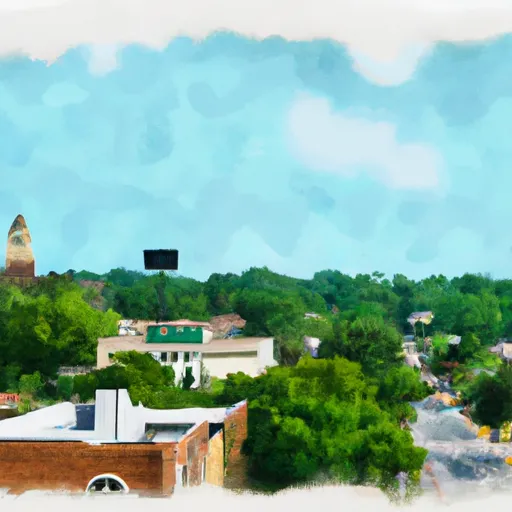°F
°F
mph
Windspeed
%
Humidity











Lagrange, Georgia, located in Troup County, offers a pleasant climate and abundant outdoor recreation opportunities. The city experiences a humid subtropical climate characterized by hot, humid summers and mild winters. Average summer temperatures range from the mid-80s to low 90s Fahrenheit, while winter temperatures typically hover in the 40s and 50s.
Hydrologically, Lagrange is surrounded by beautiful bodies of water. West Point Lake, formed by the Chattahoochee River, is a popular destination for boating, fishing, and water sports. Additionally, the Flint River runs nearby, providing opportunities for kayaking, canoeing, and wildlife observation.
Outdoor enthusiasts can explore the city's numerous parks and trails. Hills and Dales Estate, a historic site, boasts stunning gardens and walking paths. Lagrange also offers the West Point Lake Linear Park, featuring a paved path for walking, running, or cycling while enjoying scenic lake views.
For those seeking more active pursuits, the city provides facilities for golfing, tennis, and various team sports. Nature lovers can revel in the diverse wildlife and bird watching opportunities in nearby natural areas.
In summary, Lagrange, Georgia, offers a favorable climate, picturesque waterways, and a range of outdoor activities, making it an appealing destination for nature enthusiasts and outdoor enthusiasts alike.
Weather Forecast
Lagrange receives approximately 1309mm of rain per year, with humidity levels near 86% and air temperatures averaging around 17°C. Lagrange has a plant hardyness factor of 8, meaning plants and agriculture in this region tend to thrive here all year round.
Regional Streamflow Levels
19
Cubic Feet Per Second
670
Cubic Feet Per Second
110
Cubic Feet Per Second
1,620
Cubic Feet Per Second
Nearby Camping
| Camping Area | Reservations | Toilets | Showers |
|---|---|---|---|
| Torreya State Park | |||
| Florence Marina State Park | |||
| Eastbank - Lake Seminole | |||
| LakePoint State Park | |||
| Chattahoochee City Park | |||
| River Junction - Lake Seminole |



